Pain Science – The role of the non-medical trainer

To start with I would like to share the definition of pain according to the IASP (International Association for the Study of Pain) –
“Pain
An unpleasant sensory and emotional experience associated with actual or potential tissue damage, or described in terms of such damage.”
https://www.iasp-pain.org/Education/Content.aspx?ItemNumber=1698
I encourage you to click the link and read the page so you can see what pain isn’t. To me, the most interesting point on the page is this,
“Activity induced in the nociceptor and nociceptive pathways by a noxious stimulus is not pain, which is always a psychological state, even though we may well appreciate that pain most often has a proximate physical cause.”
https://www.iasp-pain.org/Education/Content.aspx?ItemNumber=1698
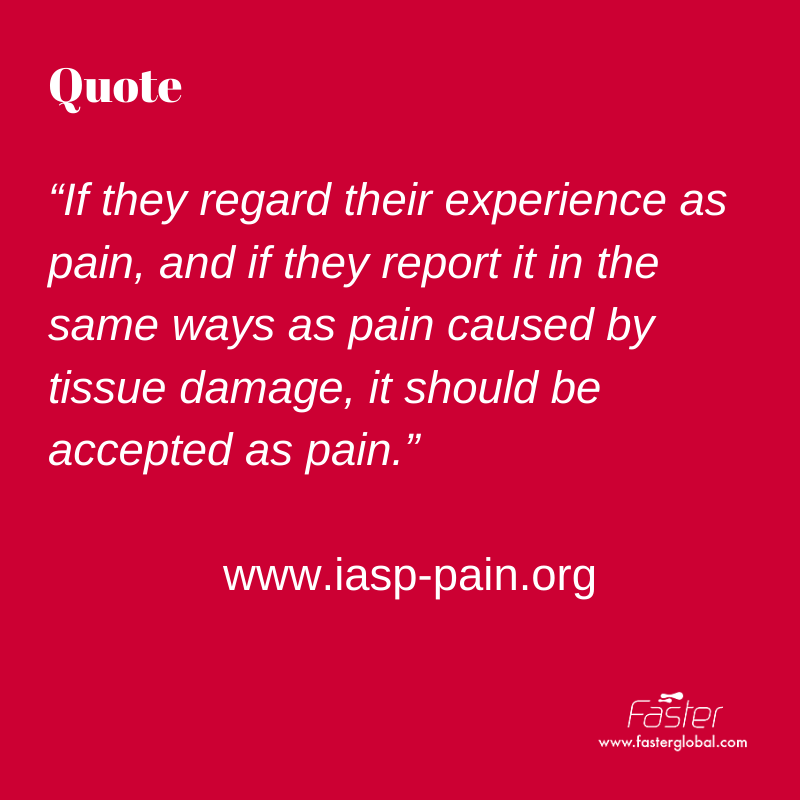
Knowing that pain is an experience gives me a clear line in the sand between trainer and medical professional. It is refreshing because the years of predicting injury and trying to accuse the foot and posture of causing wars are all gone. Now I see the impact that I have on a client, and it makes language, delivery and the outcome of emotions more vital to me than anything else.
Specifically, I like this quote,
“If they regard their experience as pain, and if they report it in the same ways as pain caused by tissue damage, it should be accepted as pain.”
https://www.iasp-pain.org/Education/Content.aspx?ItemNumber=1698
It is this thought that leads me to think the trainer should focus on experience and understand its definition.

It seems sensible and within the scope of practice for trainers to rely on Physiotherapists and Doctors to diagnose and guide their client medically. The majority of the medical professionals I have met have a bias towards a biomedical model of medicine. Medical professionals keeping the focus on the control of pain through pharmaceuticals and in some cases, surgery leaves the trainer to help the client understand the reasons and research behind the decisions, while still enjoying the workouts.
To manage an experience, first we need to define the word experience, and if you read the research then that is a nightmare on its own –
“An experience of emotion is a state of mind whose content is at once affective (pleasant or unpleasant) and conceptual (a representation of your relationship to the world around you)—is consistent with recent theoretical insights in the neurobiology of consciousness.”
Barrett, L.F., Mesquita, B., Ochsner, K. N., and Gross, J.J. (2007) “The Experience of Emotion” Annu Rev Psychol

Managing experience for a client will rely on how the trainer is perceived away from training and how much the client feels respected by their trainer.
It is this reasons that I was taken back recently when I came across a post on back pain, from a Personal Trainer that gets recognised as a specialist in pain.
The personal trainer is doing a good job generally and probably helping many people. Due to the social group that they have built, they influence trainers and trainers in turn then affect their clients.
The post came up as a repost from one of my trainer friends.
“Muscle tightness is not a diagnosis of back pain.”
The problem with this statement is that pain is a symptom. It is the feeling of pain in a client that leads to an exploration of a more specific and actual diagnosis.
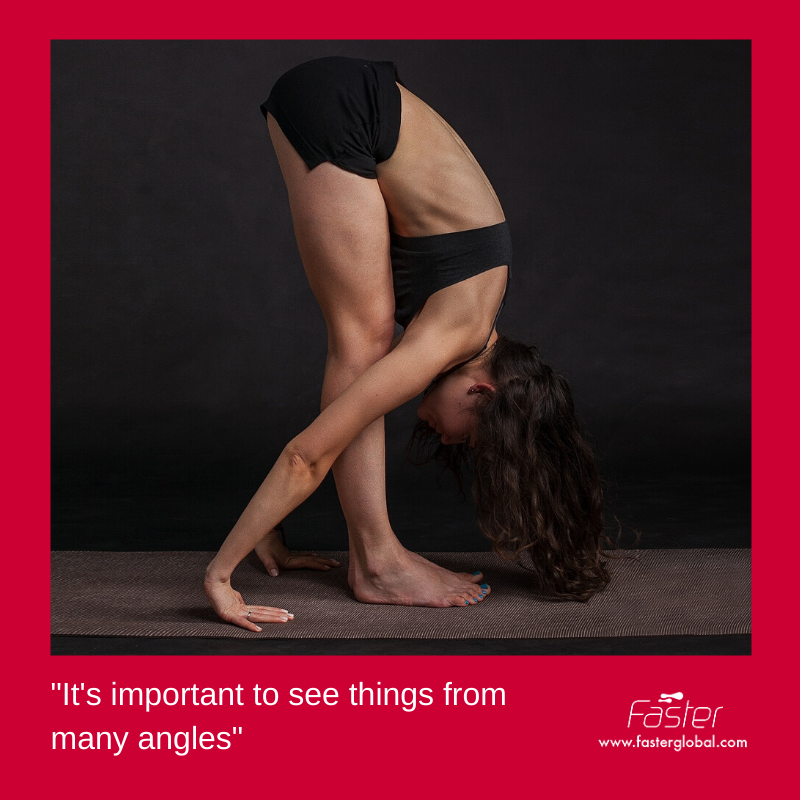
It seemed the wrong message and could suggest that a client who complains of tightness in their back causing pain, might be wrong, (but actually, they are right), which could make the client feel like the trainer does not respect their opinion.
If the client says that they have pain because of a perception of tightness in their back, then muscle tightness is at least a component of back pain. In this scenario, words are essential. Tightness incidentally is usually a feeling and not a measure of tissue length, so the sense of tightness could be a pre-cursor to the client perceiving danger and pain.
Tightness, as a feeling, is uncomfortable to many, but it can be a positive sign to others, stability, strength and power get interpreted from the same emotions (muscle and chemical release).

The post focuses on judging the experience of the client even though its primary target might have been at trainers who push posture or muscle tightness as a possible cause of pain.
Accuracy in words, sentence structure, and the perceived meaning of a statement are so important when dealing with clients, especially those feeling pain. The trainer’s role in the perception of the emotion that a client interprets as pain can be significant.
To dismiss this feeling of tightness could be a way of making the client feel paranoid or not listened too. Changing the perception of the emotion that induces the feeling of tightness might be the best thing a trainer can do for their client.
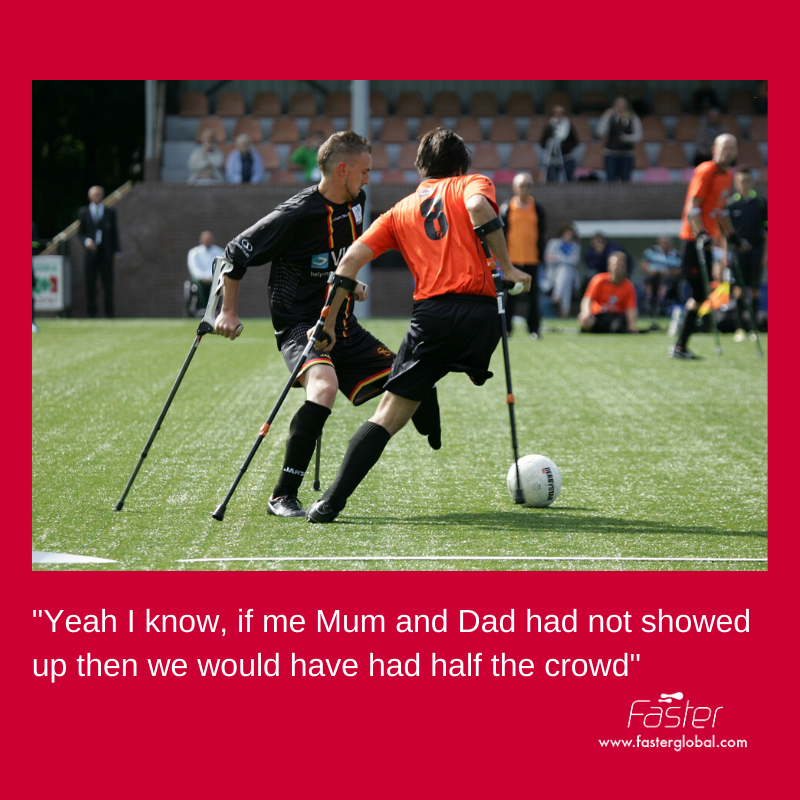
For balance, I do agree that measuring a range of motion, declaring it too short without supporting research, then claiming that these results lead the client to pain and injury, is out of order. I do think the industry needs to address the misrepresentation of movement and posture as a predictor to pain or injury. I don’t believe our clients have to suffer because of this.
I only mention this because I think it moves the role of the trainer from that of getting a client to their goal and seeing pain as a hurdle, back into the realm of an alternative therapist.

Interestingly these two links show both points above about pain being a symptom and also how the medical profession has a slant towards fixing the tissue or dealing with the pharmaceutical approach.
https://www.ninds.nih.gov/Disorders/Patient-Caregiver-Education/Fact-Sheets/Low-Back-Pain-Fact-Sheet
https://www.nhs.uk/conditions/back-pain/
It is important to me to define what the Personal Trainer, the Strength and Conditioning Coach and other movement-based trainers are here to do. In my opinion, my side of the industry is to deliver movement. Delivering movement means choosing the right exercises, intensity, delivery and with the proper rest to provoke the right results for our clients. Our focus is on safety and experience.

The side effects to delivering this include the client feeling better, moving better, having better experiences including less pain, performing better, lowering the risk of disease as well as the host of less tangible benefits, like an increased feeling of self-efficacy, self-worth and belonging.
Out of everything required, managing a client through a range of feelings should be the most significant focus and taught to every trainer. The feelings a client go through in a session stem from emotions that we induce through the stimulus of our delivery, choice of exercises, exercise order, intensity, rest and delivery. Knowing how to structure these feelings is something that I call the exercise design experience.
At this point, I have to thank Annette Lang for telling me about her husband Scott’s observation that fitness did not have a focus on the experience of the client. Scott works as a designer and so predicting and managing experience is essential to him.
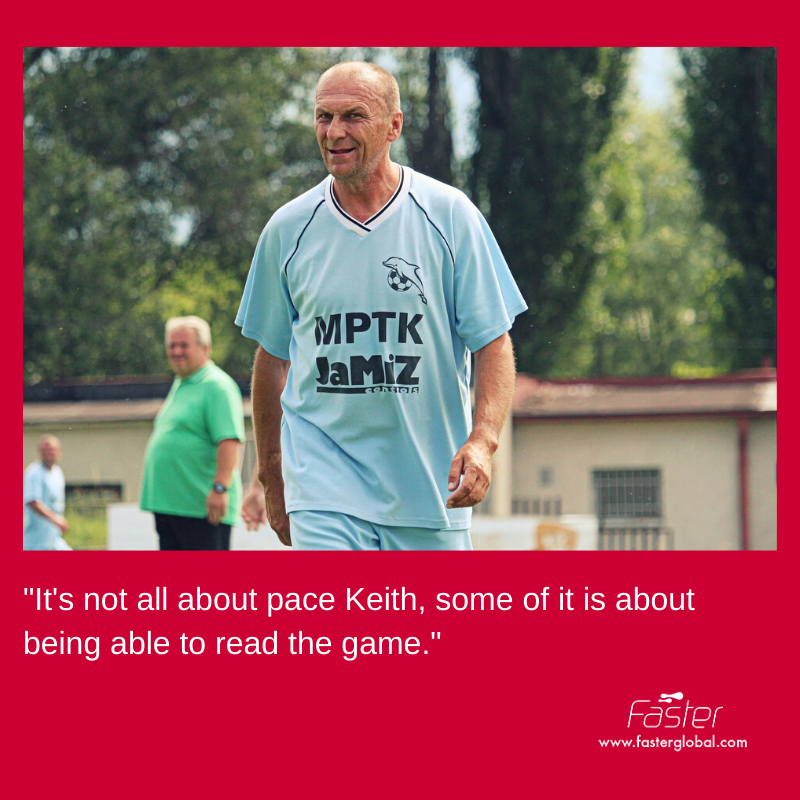
Working to design experience is more than just stringing exercises together. The thought of a therapeutic exercise or several exercises is just strange when you understand creating an experience. A designed experience in the format of a story helps to educate your clients and allow them to experience everyday life with more positivity. Done correctly, this can help a client to handle pain in the future and current pains if required. Sometimes the improvement comes simply from enjoying workouts and feeling higher self-esteem and having an example of better self-efficacy. Just look at Ollie’s stories to see this in action with his clients.
https://www.instagram.com/turnthecornerhp/
If you build a story, then pain, injury, and a lack of ability become a small part of the whole story. Lowering the significance of the perceived problems, experiencing improvements, getting better at seeing what they are better at allows the client to move from a focus on the challenge to put their problems into the whole picture, therefore reducing the overall impact of the issue.
Pain should merely be an obstacle to the bigger goal and so is treated like that.
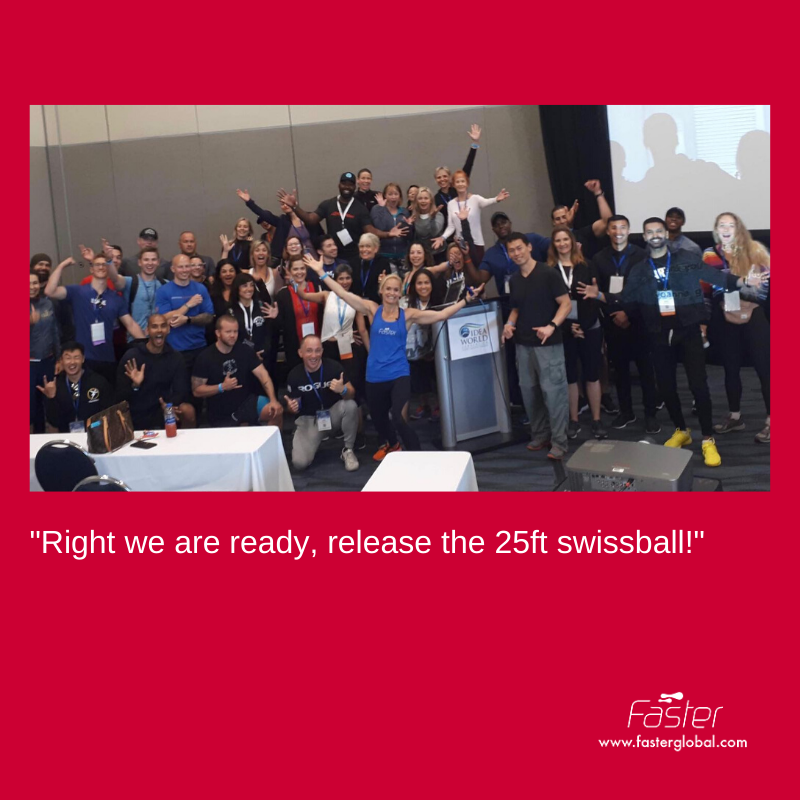
Looking for predictors to pain and injury and making claims about them, can cloud the experience, the perception of movement and the pain experience of the client in their real life. Even the emphasis on pain in posts is causing people to perceive pain when they do not need to.
As a trainer, you need to learn how to design experience and react to feelings that do not match the way you intended them. A focus on delivering in a way that reinforces an outcome of each exercise selection with a focus on experience is critical. To do this requires a lot more than merely learning biomechanics.

In Summary
Learn Biomechanics so that you can design movements with accuracy, know every bone, joint and muscle and how you predict it will move. Know all the possible joint combinations and how to build external targets to achieve these movements. Understand how to develop motor skills, how to perfect performance, how to load appropriately, how to recover appropriately and how injuries change movement, recover and need to be handled from an exercise point of view. Do all this using great research from great sources, and use a balance of research, not just papers that confirm your bias, in fact, challenge your balance every time you get chance to. Discuss this with other trainers who are like minded, and continue to grow as they do. Make sure your business and social media reflect all this too, so that the message is clear and reinforces your training.
I wrote this as an opinion piece based on years of research and mistakes. Please do not take this as a call to authority, but do take it as a challenge. I encourage you to research both sides of every argument and to challenge everything, my views and your own. If you cannot do any of the above then take a course and get good at being the best trainer you can be.